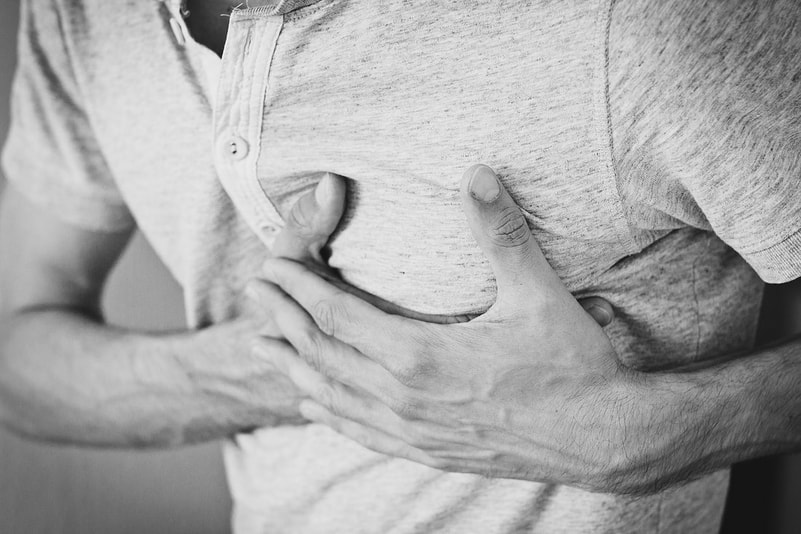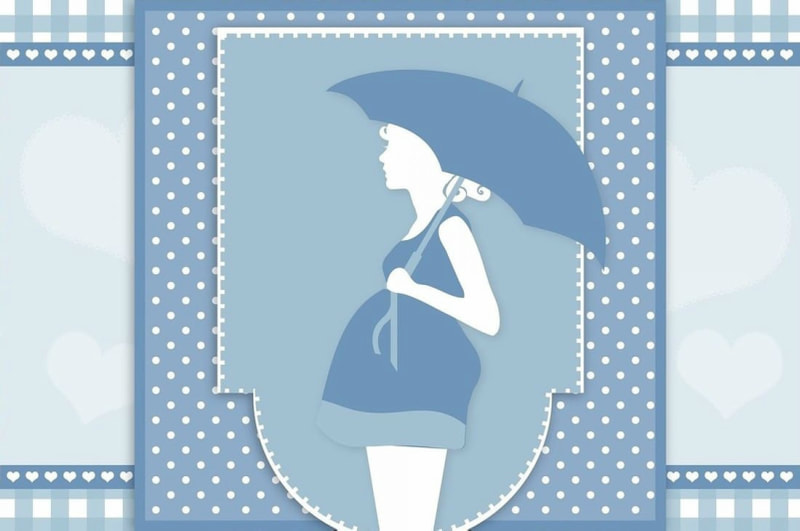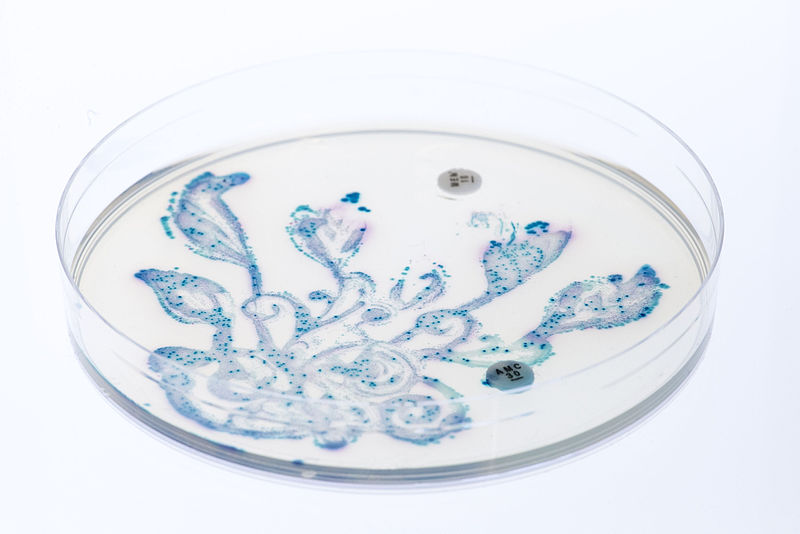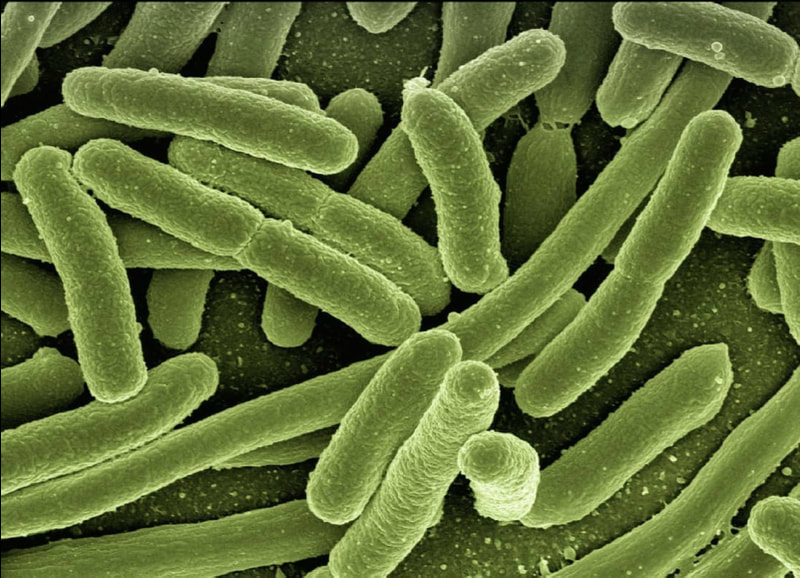Psychological Therapies - Cure for Chronic Pain?
Chronic pain has been an prominent symptom as well as its own form of a disease. Chronic pain is defined as pain lasting for more than three months and this condition has been prominent in people especially in young children as well. Statistics from epidemiology show that chronic pain is present in among 15% to 30% and with 8% of the children, ranging mainly from the head, abdomen and the limbs. Chronic pain seems to be reported the highest between 14 and 15 years of age and girls tend to report pain more often.
Psychological treatments for chronic pain adolescent patients have been performed in hopes to affect the psychological processes that take part in pain and distress. Multiple forms of psychological treatments do exist such as face-to-face with a therapist, through the Internet, by phone calls or through virtual online programs. This study specifically focused on face-to-face treatments with the therapist directly, which included therapies relayed through the phone and through books with instructions of the specific therapies. There have been numerous studies demonstrating that relaxation and cognitive behavioral therapy can help adolescents and children cope with chronic headaches and abdominal pain. Cognitive behavior therapy allows the patents to alternate and form their thoughts and actions around the treatment in hopes to relieve the pain. With the solid evidence supporting the successful use of psychological treatments, this study chose to further study the relationship.
Psychological treatments for chronic pain adolescent patients have been performed in hopes to affect the psychological processes that take part in pain and distress. Multiple forms of psychological treatments do exist such as face-to-face with a therapist, through the Internet, by phone calls or through virtual online programs. This study specifically focused on face-to-face treatments with the therapist directly, which included therapies relayed through the phone and through books with instructions of the specific therapies. There have been numerous studies demonstrating that relaxation and cognitive behavioral therapy can help adolescents and children cope with chronic headaches and abdominal pain. Cognitive behavior therapy allows the patents to alternate and form their thoughts and actions around the treatment in hopes to relieve the pain. With the solid evidence supporting the successful use of psychological treatments, this study chose to further study the relationship.
Image Source: OliverKepka
The project comprised of 47 studies with a total of 2884 participants with an average of the participants being around 12.6 years. 23 of the studies were adolescents with headaches, 10 studies with abdominal pain, and the rest of the 14 studies were other chronic pain diseases such as bowel syndrome, fibromyalgia, sickle cell disease and etc. A population of adolescents were in the control group whereas another group was exposed to the psychological interventions. The patients’ level of pain, disability, anxiety and depression were measured post treatment and a statistical study was also done to calculate the CI (confidence interval) to support the validity of the results.
After the treatment, the results showed that the psychological therapies did reduce the frequency of pain right after the treatment for the adolescents with chronic headaches. The pain intensity and the anxiety of the children and adolescents also seemed to be less after being exposed to the psychological therapies. In addition, there was reduced disability shown for non-headache chronic pain adolescent patients right after the treatment and even up to twelve months after the treatment. However, there wasn’t much difference for depression and anxiety in children with headaches or mixed chronic pain conditions.
There has been numerous previous data and studies supporting the benefits of psychological treatments for chronic pain patients and this study further supports findings from other papers and reviews with children with chronic pain. Based on the results of the study, it shows that psychological treatments have showed effective results for reducing headache chronic pain in children and adolescents but did not show any effects for a follow-up study. For a lot of the conditions, although there were differences shown after immediate treatment, a lot of the follow-up studies have failed to show a difference in the patients. This study is successful at replicating and supporting the data showing that psychological therapies are effective at reducing pain frequency and intensity for children and adolescents with headache pain. However, further study on analyzing and improving the psychological treatments on chronic pain patients during follow-up studies can be further performed.
After the treatment, the results showed that the psychological therapies did reduce the frequency of pain right after the treatment for the adolescents with chronic headaches. The pain intensity and the anxiety of the children and adolescents also seemed to be less after being exposed to the psychological therapies. In addition, there was reduced disability shown for non-headache chronic pain adolescent patients right after the treatment and even up to twelve months after the treatment. However, there wasn’t much difference for depression and anxiety in children with headaches or mixed chronic pain conditions.
There has been numerous previous data and studies supporting the benefits of psychological treatments for chronic pain patients and this study further supports findings from other papers and reviews with children with chronic pain. Based on the results of the study, it shows that psychological treatments have showed effective results for reducing headache chronic pain in children and adolescents but did not show any effects for a follow-up study. For a lot of the conditions, although there were differences shown after immediate treatment, a lot of the follow-up studies have failed to show a difference in the patients. This study is successful at replicating and supporting the data showing that psychological therapies are effective at reducing pain frequency and intensity for children and adolescents with headache pain. However, further study on analyzing and improving the psychological treatments on chronic pain patients during follow-up studies can be further performed.
Featured Image Source: Pexels
RELATED ARTICLES
|
Vertical Divider
|
Vertical Divider
|
Vertical Divider
|






